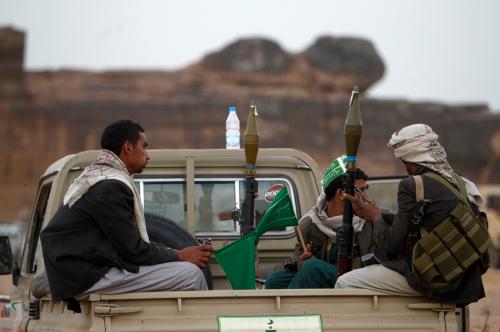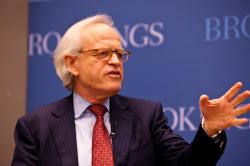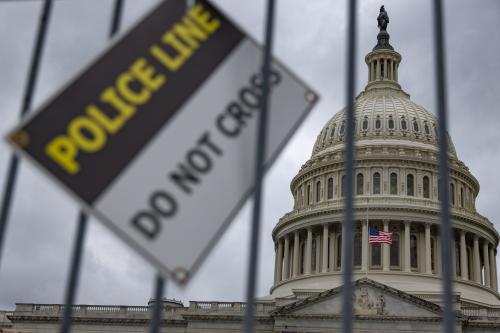

1:30 pm EST - 3:00 pm EST
Past Event
1:30 pm - 3:00 pm EST
1775 Massachusetts Ave., NW
Washington, DC
Many policymakers see counterinsurgency and counternarcotics policy as two sides of the same coin. Stop the flow of drug money, the logic goes, and the insurgency that relies on the drug trade for financing will wither away. However, eradication-focused counternarcotics campaigns typically fail to bankrupt belligerent groups and worse, they may strengthen insurgents by allowing them to pose as the population’s protectors.
On January 25, the 21st Century Defense Initiative at Brookings hosted Fellow Vanda Felbab-Brown and Dr. Wendy Chamberlin, former ambassador to Pakistan and president of the Middle East Institute, for a discussion of Felbab-Brown’s new book Shooting Up: Counterinsurgency and the War on Drugs (Brookings Press, 2009). In her book, Felbab-Brown draws on interviews and fieldwork in some of the world’s most dangerous regions to explain how belligerent groups have become involved in drug trafficking and other illicit activities, including kidnapping, extortion and smuggling. She shows how powerful guerrilla and terrorist organizations—such as Peru’s Shining Path, the FARC in Colombia and the Taliban in Afghanistan—have learned to exploit illicit markets.
Vice President Martin Indyk, director of Foreign Policy at Brookings, moderated the discussion.



Vanda Felbab-Brown
November 24, 2022

Vanda Felbab-Brown
August 21, 2022

Darrell M. West
August 15, 2022